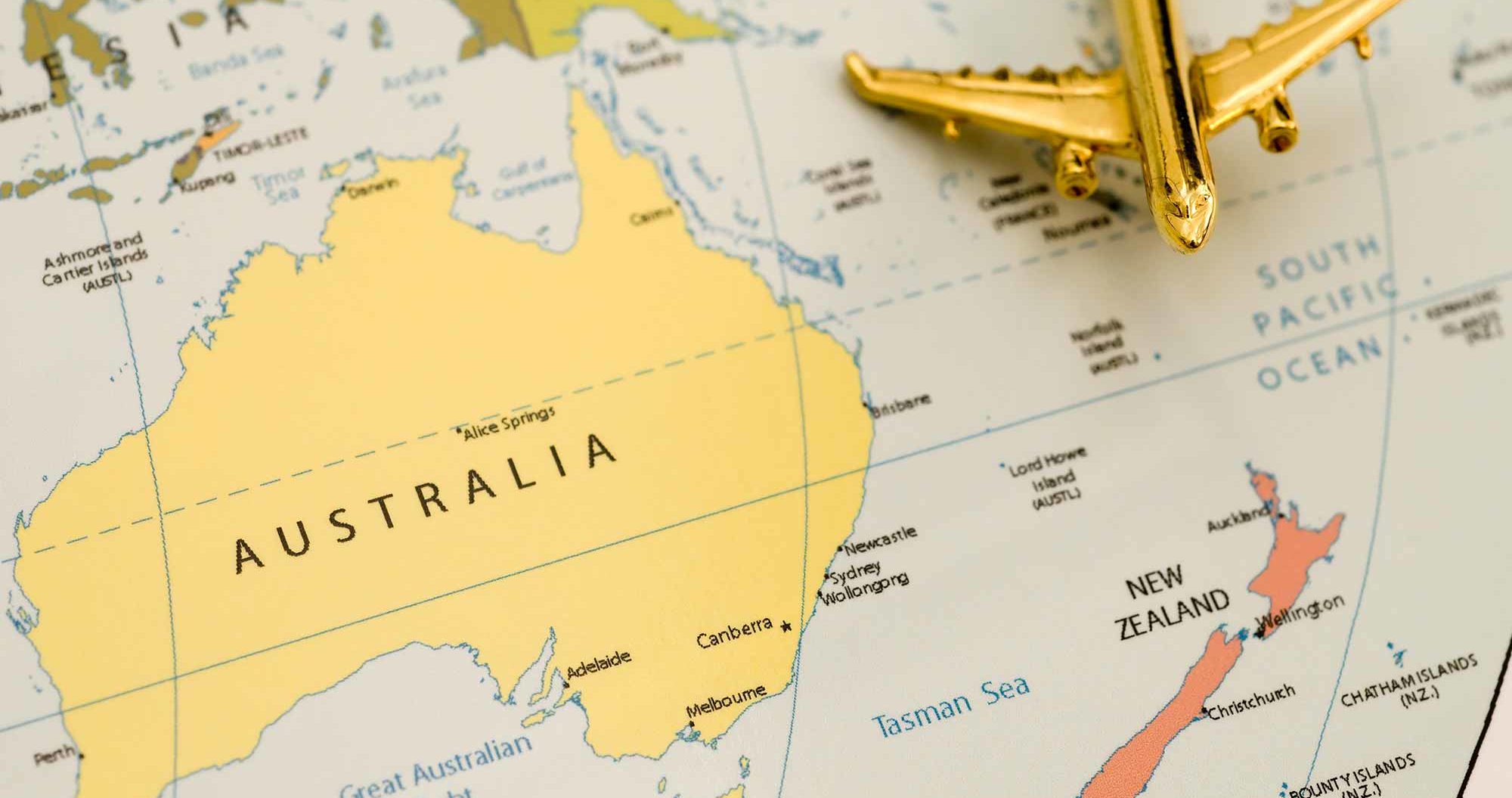Follow Dentistry.co.uk on Instagram to keep up with all the latest dental news and trends.
 Thinking of moving abroad? Roshan Bains explores what requirements dentists need to practise elsewhere. In part two, he looks at Australia and New Zealand.
Thinking of moving abroad? Roshan Bains explores what requirements dentists need to practise elsewhere. In part two, he looks at Australia and New Zealand.
In the last article we discussed how dentists would go about getting licensed in Canada and the US. And in this article we’ll discuss your available options if Australia and New Zealand appeal.
Australia and New Zealand have proven incredibly popular destinations for UK nationals looking to move abroad. It’s not difficult to see why.
The UK BDS is recognised by both of those countries. Meaning access into dentistry is considerably easier than in the countries discussed in part one.
Many Brits also find the climate, outdoor lifestyle, pay and job satisfaction better than in the UK. This spurs them on to make the move.
Australia
There are a few routes of entry into Australia as a UK-qualified dentist. The type of visas eligible to you can often depend on your circumstances.
The first thing you must do is research the visas available and see which best suits your needs.
I’ll try to give a brief explanation of what’s available and your possible routes into further employment should Australia grant these visas.
Working holiday visa
The first visa is the working holiday visa (417).
For this, you must be between 18-30 years old and fit in with a small list of other criteria.
It’s perfect for those wanting to temporarily see the country and have some independence on their visit. The visa is valid for one year but will only let you work with an employer for a maximum of six months and then you must change.
You will have to find your employers yourself. The Australian Dental Association posts job listings on its websites. A quick search online will show you an abundance of dental corporates who’re more than happy to help you find work, sponsors and assist you with visa applications in order to work for them.
If you do go down this route and wish to extend your stay, it is my understanding that you have two options.
Firstly, you can apply for second and third working visa all over again.
The second option is gaining sponsorship from your employing company; these visas are typically quite expensive. Your sponsor would pay for your visa, but it then ties you in with a contract of employment (generally between two to four years).
Temporary skilled shortage visa
The second visa option is known as the temporary skilled shortage visa (TSS or 482). It replaced the older 457 visa in March 2018 and makes it slightly harder for dentists who wish to make a permanent move to Australia.
The TSS/482 visa is composed of two parts, occupations are listed under the short-term skilled occupations list (STSOL) or the medium and long-term strategic skills list (MLTSSL).
The STSOL’s purpose is to source temporary overseas skilled workers where a suitable Australian cannot be found. This means that if you are a UK-trained dentist with a British passport, you will typically only be eligible to stay for a maximum period of four years and cannot apply for permanent residency after. Whereas occupations listed under the MLTSSL can.
Remember how earlier in the article I had said visa options available could often depend on your circumstances?
The TSS/482 visa allows you to include dependent family members.
If your spouse’s profession appears on the MLTSSL and their own employer sponsors them, you can ‘piggy back’ off their application.
Occupations under the MLTSSL are eligible to apply for permanent residency after three years. Should Australia grant residency, then this could lead to you and your partner settling down in the country.
Regional employer sponsored visa
The third visa route I’m aware of is the visa subclass 494 regional employer sponsored visa.
Effective 16 November 2019, this route allows dentists to work in regional Australia.
In order to combat a saturation of dentists in bigger cities, this visa excludes you from working in Sydney, Newcastle, Wollongong, Perth, Melbourne metropolitan area, the greater Brisbane area and Gold Coast.
However, the positives of the visa are that it allows a five-year stay. And you’re eligible to apply for permanent residency after three years.
This is perfect for those seeking a life in a more rural area.
The last thing to bear in mind for those wishing to make the move down under – registering with the Australian Health Practitioner Regulation Authority is a must!
This is a lengthy process that is imperative to you being able to practice. It is advisable to initiate this process well before making your move, so you don’t experience any delays in starting work.
Things included in the applications must be the relevant fees, police checks, health screening, proof of identity etc.
New Zealand
In New Zealand you may apply for registration as a dentist if you have a degree from an accredited dental program. Fortunately, a BDS from the UK falls under this category.
In order to practice in New Zealand, one must first register with the Dental Council and have an Annual Practising certificate.
There is, however, one slight problem. In 2017, New Zealand took ‘dentist’ and ‘specialty dentist’ off the New Zealand immigration skill shortage list.
This means visas won’t be granted for dentists to work there until the demand increases.
New Zealand has one dental school at The University of Otago. In recent years, they have seen an increase in students graduating.
New Zealand also has a Trans-Tasman Mutual Recognition Act with Australia. This means dental graduates from each country are free to cross over.
They take in a steady number of graduates each year from Australia. So this has meant the demand for dentists in New Zealand is no longer high.


